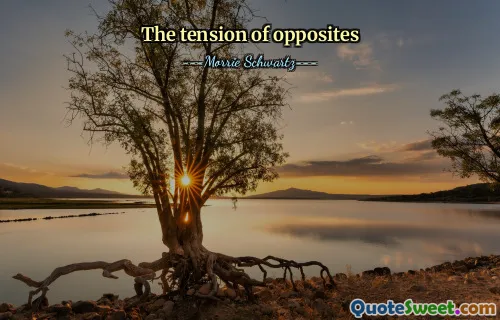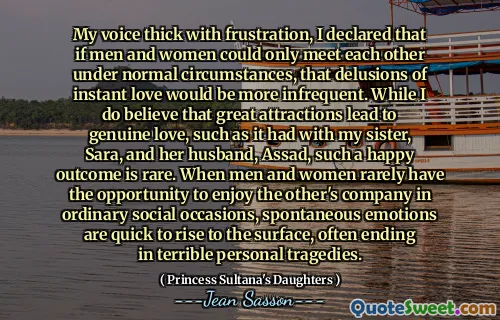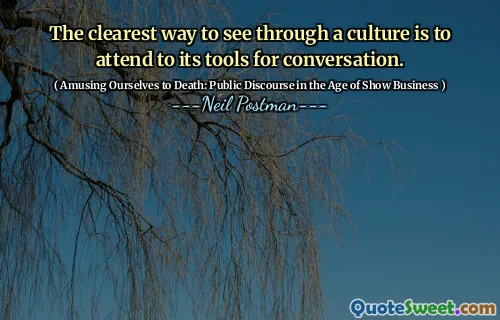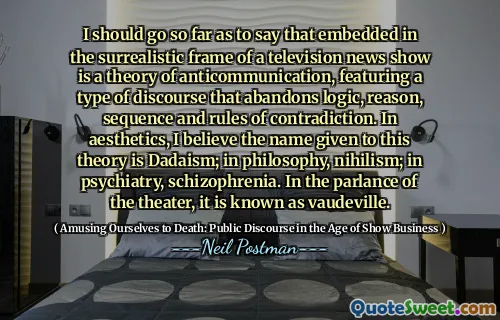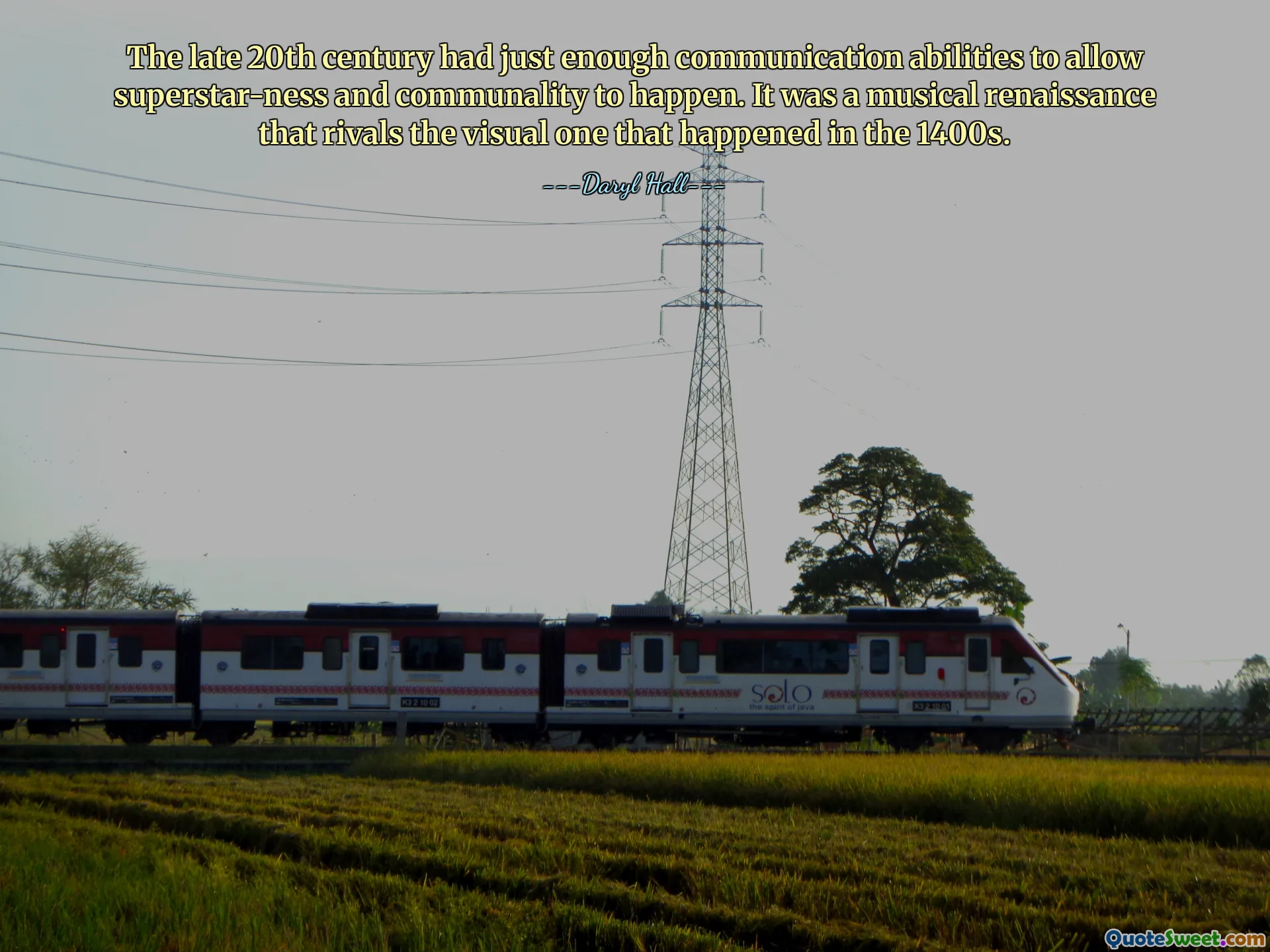
The late 20th century had just enough communication abilities to allow superstar-ness and communality to happen. It was a musical renaissance that rivals the visual one that happened in the 1400s.
This quote highlights a pivotal period in cultural history, emphasizing how advancements in communication technology in the late 20th century played a crucial role in shaping music and popular culture. The analogy drawn between this musical renaissance and the visual renaissance of the 1400s underscores the profound impact that improved connectivity and media exposure had on the proliferation of musical talent and fan engagement. During this era, innovations such as satellite television, the emergence of MTV, radio, and eventually the Internet, facilitated the rapid spread of new musical styles and the rise of immensely popular artists— 'superstars'—who could connect directly with their audiences on an unprecedented scale. It not only democratized access to musical content but also fostered a sense of community among fans worldwide, creating shared cultural phenomena that transcended geographical boundaries. This democratization can be seen as a double-edged sword: on one side, it empowered artists and gave voice to diverse genres; on the other, it contributed to the commercialization and celebrity culture that sometimes overshadowed the music itself. The comparison to the visual renaissance of the 1400s suggests a parallel between the transformative power of rediscovering artistic expression after periods of cultural stagnation or obscurity. It prompts reflection on how technological and social changes continue to influence artistic expression and how cultural revolutions are often intertwined with advancements in communication. Overall, this period exemplifies how technology fuels cultural rebirth and how artists and audiences alike are shaped by their tools, ultimately leading to a rich, interconnected, and vibrant cultural tapestry.



